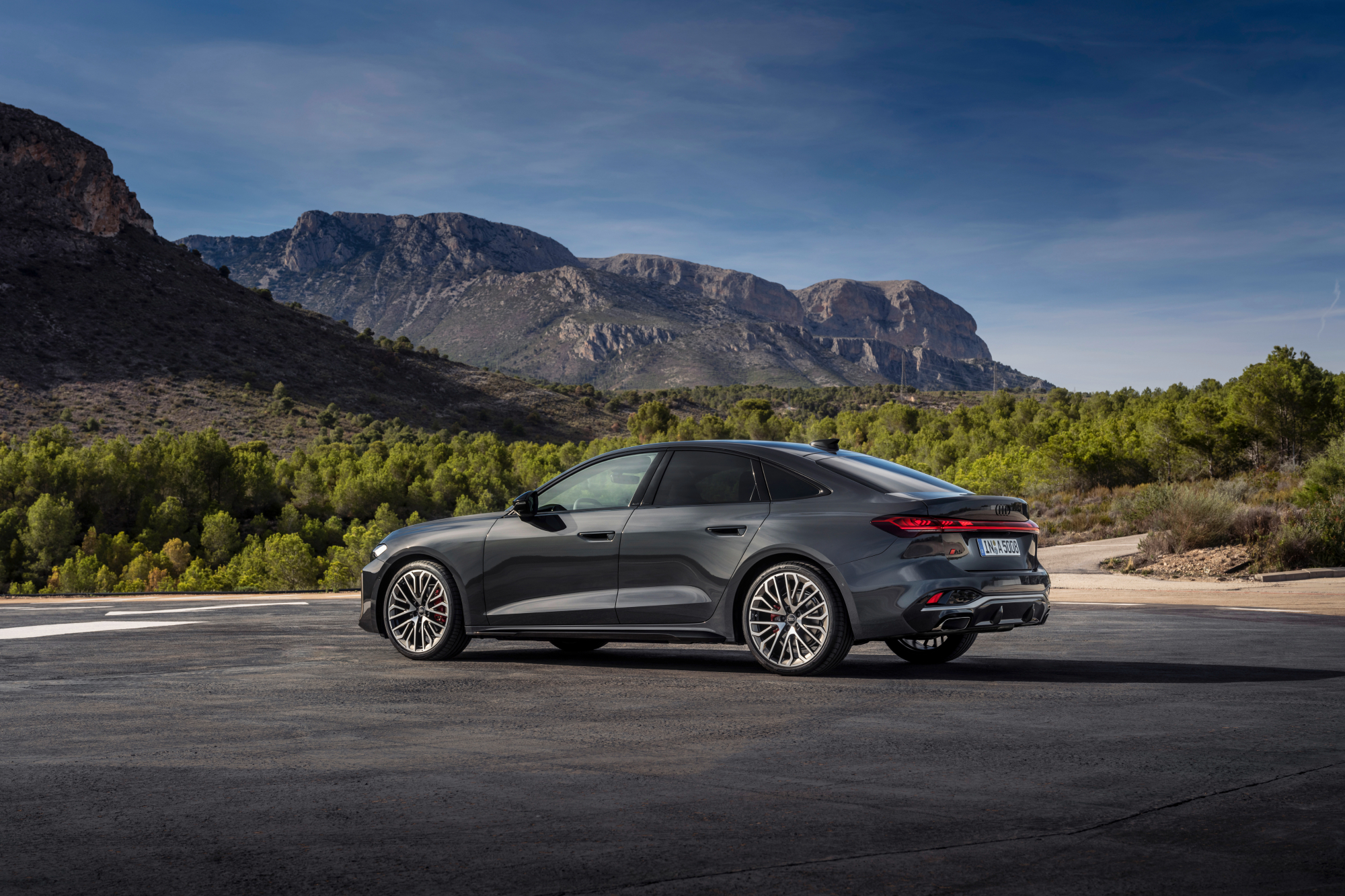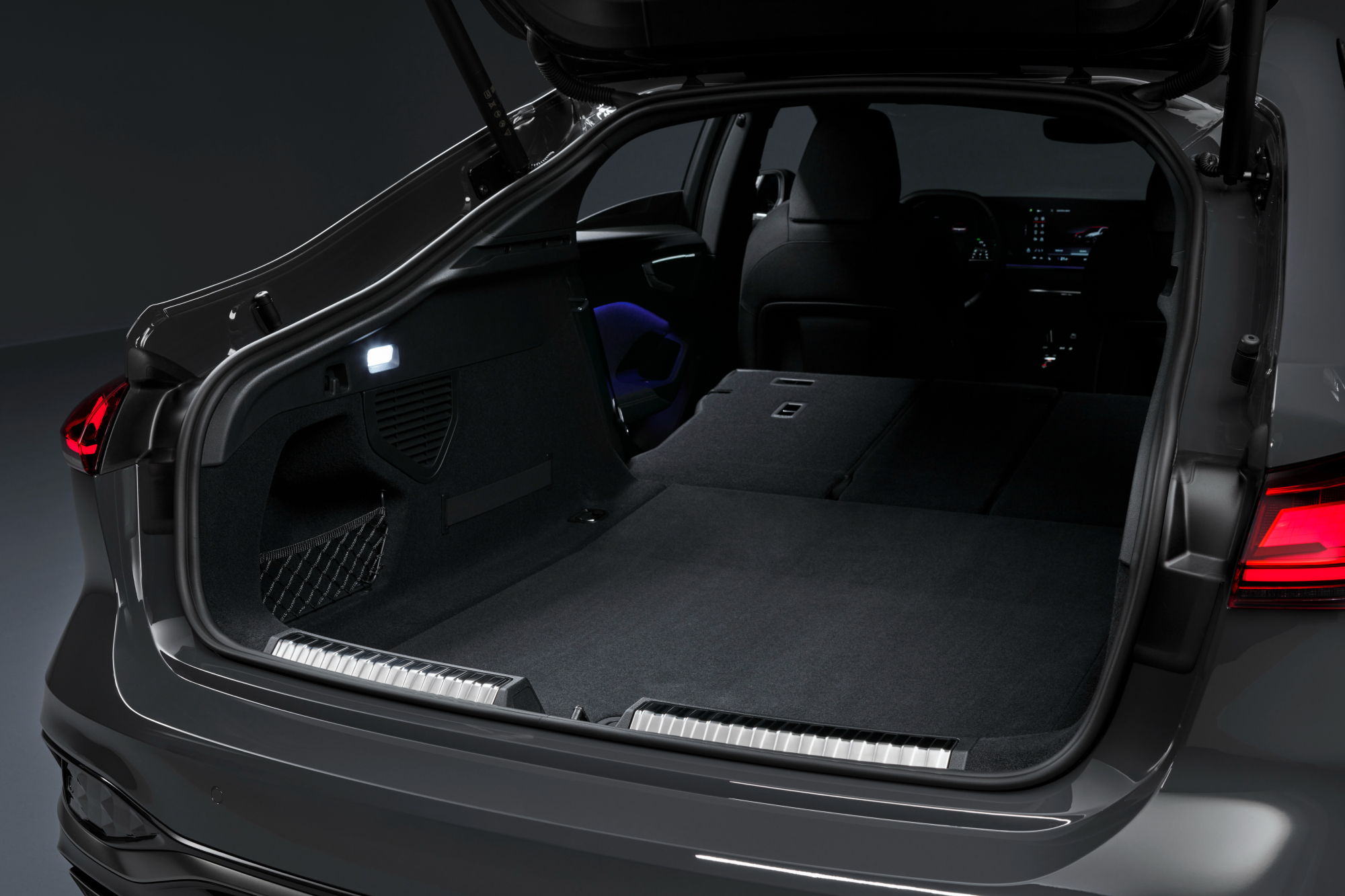
Audi’s 2025 A5 family introduces changes to two model lines, new body styles, interior design concepts, and new technology, partially electrified combustion engines. Audi announced that the A5 family, with the first four models, will be launched gradually in different geographic markets.
Why the A5 family matters
The new Audi A5 family replaces the previous A4 and A5 models. The A5 is now positioned in the “upper mid-size segment,” which is reflected in its larger overall size and more spacious interiors.
Audi has also adopted a new model numbering scheme. Even-number models will be all-electric, and odd-number models will have combustion engines. So, the A5 family is powered by combustion engines. Except, and here’s where it can be a bit confusing, the A5 family, which is the first series that will be launched on Audi’s new Premium Platform Combustion (PPC), will also be partially electrified with an advanced form of a mild hybrid system (more on that below).
So, while the Premium Platform Electric (PPE) system is for all-electric model families, Audis developed with the PPC will have combustion engines. Still, they may also have electric powertrain components. It sounds like the PPC platform is a transition platform, not an all-gas-all-the-time architecture.
The A5 family matters because it steps into a larger vehicle category (upper midsize), is the first built on a new powertrain development platform, and introduces a new type of hybrid power system.
What’s new with the A5
The new A5 will be larger and more aggressive in appearance. The first models to launch will be the A5 Sedan and S5 Sedan (a sportier version with larger engines and other high-performance components) and the A5 Avant (station wagon style) and S5 Avant.
The first A5s will be available with combustion only or the new MHEVplus powertrains. MHEV refers to mild hybrid engines, usually 48v systems that use onboard electric generators or batteries to power AC systems and starter motors and provide a bit of boost with acceleration. Audi’s MHEV plus engines can also drive with electrical power only. Audi also says the MHEV plus powertrains will have energy-recuperating regen braking strong enough that users may not need to use the car’s friction brakes.
The A5 Sedan will be available for order first in Germany and other European countries in November, with a starting price of 45,200 euros ($49,185 US). The U.S. launch schedule and additional prices are not available at this time.








